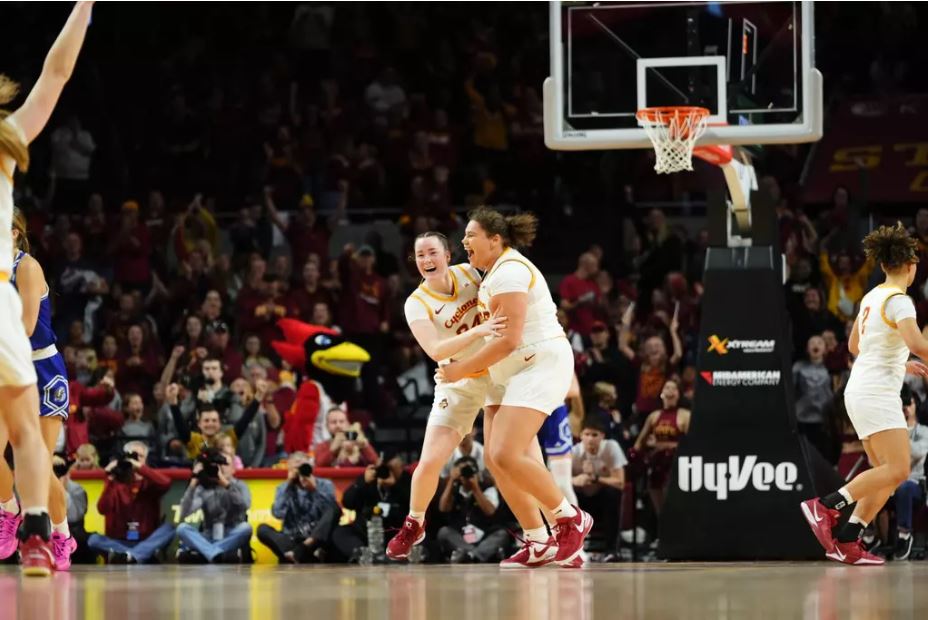COLUMN:ISU’s many associations with ag
March 6, 2002
When I was little Iowa State was always “the ag school.” It was always my impression that if you wanted to learn about anything relating to agriculture, you contacted your local Extension agent, who worked closely with Iowa State.
This idea was in my head right up until I was accepted to Iowa State’s College of Liberal Arts and Sciences, from which I was hoping to receive a degree in history.
My future path took a quick turn toward the ag college halfway through first semester of my freshman year. I have since learned that Iowa State is not just a “farmer’s school.” This institution offers numerous diverse programs and areas of study.
However, I would like to discuss Iowa State’s many connections to agriculture. I regret to mention that I sometimes feel the student body does not realize that Iowa State was founded on the broad foundation that is agriculture. Sometimes it is hard for non-ag kids to relate to ag kids.
I hate to see this because the ag college has so much to offer.
Now, I will get down off my soapbox and admit that, I too, am guilty of getting involved in only ag-related activities, a problem I would like to rectify in the near future. Please bear with me as I climb back up on my box and begin to educate everyone on the importance of ag at Iowa State.
Just to give you an idea of how much agriculture has affected Iowa State, take a look around campus. Let’s start on the steps of Beardshear Hall, named for past president William M. Beardshear, who was instrumental in creating new agricultural curriculums during his tenure. Let’s move now toward Carver Hall. Carver is named for George Washington Carver, the first African-American student as well as faculty member at Iowa State. Carver is known for his cutting edge uses for numerous agricultural crops.
Now, wander away from Carver toward, let’s say, The Margaret Sloss Women’s Center.
The Sloss House is named for the first female graduate of Iowa State University’s School of Veterinary Medicine. Sloss was also a longtime faculty member of the veterinary school.
From the Sloss house amble a little bit north of Curtiss Hall and you will notice a small house-like structure.
The Farm House is the very first building built on Iowa State’s campus. It is more than 160 years old and has housed numerous farm managers and presidents until the last resident, Andre Floyd, left. Floyd was a Dean of Agriculture at Iowa State. After leaving the Farm House you will cross the street and notice an odd shaped building, landscape architecture. This building was formerly the horse barn, as well as the livestock-judging pavilion for almost 30 years.
Having traveled far enough east, one might decide to meander north a ways to Kildee Hall. This hall is named for former professor of animal science Henry H. Kildee. Kildee was a pioneer of animal husbandry. These buildings are a large slice of Iowa State University and its history.
Now that we are done with our tour, here are a few things I would like you to think about as a student, faculty member or even just a visitor to Iowa State.
Agriculture has been around for ages; however, recently it seems that people have forgotten the importance of this trade. Whether this is due to the decline of interest in agriculture as a whole or a lack of understanding between the various colleges at Iowa State, I am not sure.
Agriculture is important; it is the cornerstone Iowa State was constructed on.
With this tour it is my hope that as you trudge to your classes each day you will remember the importance of agriculture to the foundation of today’s Iowa State University.
Danelle Zellmer is a sophomore in public service and administration in agriculture from Atlantic.






